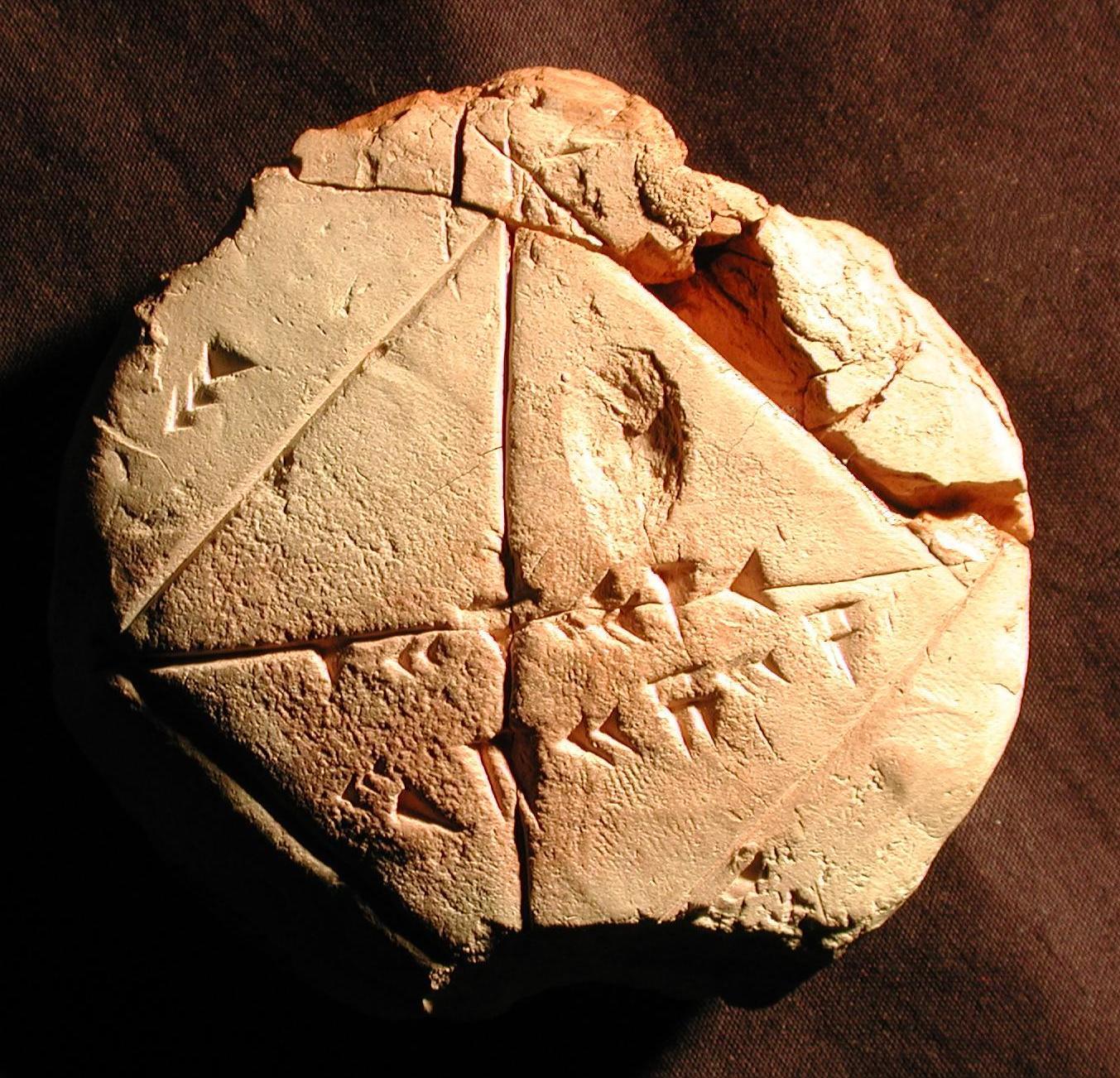Some square roots like $$\sqrt{25}$$ or $$\sqrt{81}$$ are known by heart, but how can we compute for example $$\sqrt{17}$$? Nowadays, most people use a calculator or a computer to come up with the square root of a number $$s$$, but how was $$\sqrt{s}$$ computed at times when calculators or computers weren't even invented?
Heron's method is perhaps the first algorithm used for approximating $$\sqrt{s}$$. It was named after the first-century Greek mathematician Hero of Alexandria1 who gave the first explicit description more than 2000 years ago of a method for computing the square root of any given number. This method is also known as the Babylonian method, named after the Babylonians who left us the oldest known mathematical texts2.

The Babylonian method works as follows.
Suppose we want to compute the square root of a strictly positive number
$$s \in \mathbb{R}$$. We start with an initial estimate for $$\sqrt{s}$$,
which we refer to as $$x_0$$. Then, in each successive step we compute a
more accurate approximation of the square root using the following
formula: \[ x_{n+1} = \frac{1}{2} \left( x_n + \frac{s}{x_n} \right) \]
Let's apply this algorithm for example to compute $$\sqrt{17}$$. We choose
$$x_0 = 6$$ as an initial estimate of $$\sqrt{17}$$. In a next step we get the
following more accurate approximation of the square root: \[ x_1 =
\frac{1}{2} \left( 6 + \frac{17}{6} \right) = 4.416666666666667 \] Then,
we repeat the same procedure to get an even more accurate approximation:
\[ x_2 = \frac{1}{2} \left( x_1 + \frac{17}{x_1} \right) =
4.1328616352201255 \] Along the same lines, we keep enhancing the accuracy
of the approximation: \[\begin{align} x_3 & = 4.12311714060797 \\ x_4
& = 4.12310562563374 \\ x_5 & = 4.123105625617661 \\ x_6 & =
4.123105625617661 \end{align}\] The Babylonian method thus produces a
series of numbers that converges to $$\sqrt{17}$$. We verify this result
using math.sqrt from the math module:
>>> import math
>>> math.sqrt(17)
4.123105625617661An approximation $$x_k$$ resulting from step $$k$$ is considered accurate enough when \[\frac{|x_k - x_{k-1}|}{x_k} \le 10^{-15}\] In that case it is no longer relevant to come up with even more accurate approximations and the procedure stops.
Input
The first line of the input contains a number $$s \in \mathbb{R}$$. The second line of the input contains an initial estimate $$x_0 \in \mathbb{R}$$ of $$\sqrt{s}$$.
Output
The Babylonian method only works if both
$$s$$ and $$x_0$$ are strict positive numbers. If this is not the case, the
message invalid input must be written to output. In case the
input contains valid numbers, the Babylonian method must be applied to
compute successive approximations of $$\sqrt{s}$$. For each step of the
method, the index of $$x_i\ (i = 0, 1, 2, \ldots)$$ must be written to
output, followed by a colon, a space and the approximation $$x_i$$. The
method stops at the first step $$k$$ where it holds that \[\frac{|x_k -
x_{k-1}|}{x_k} \le 10^{-15}\] with $$x_k$$ the approximation that results
from step $$k$$ and $$x_{k-1}$$ the approximation that results from step
$$k-1$$.
Example
Input:
17
6Output:
0: 6.0
1: 4.416666666666667
2: 4.1328616352201255
3: 4.12311714060797
4: 4.12310562563374
5: 4.123105625617661
6: 4.123105625617661Example
Input:
2
0Output:
invalid input